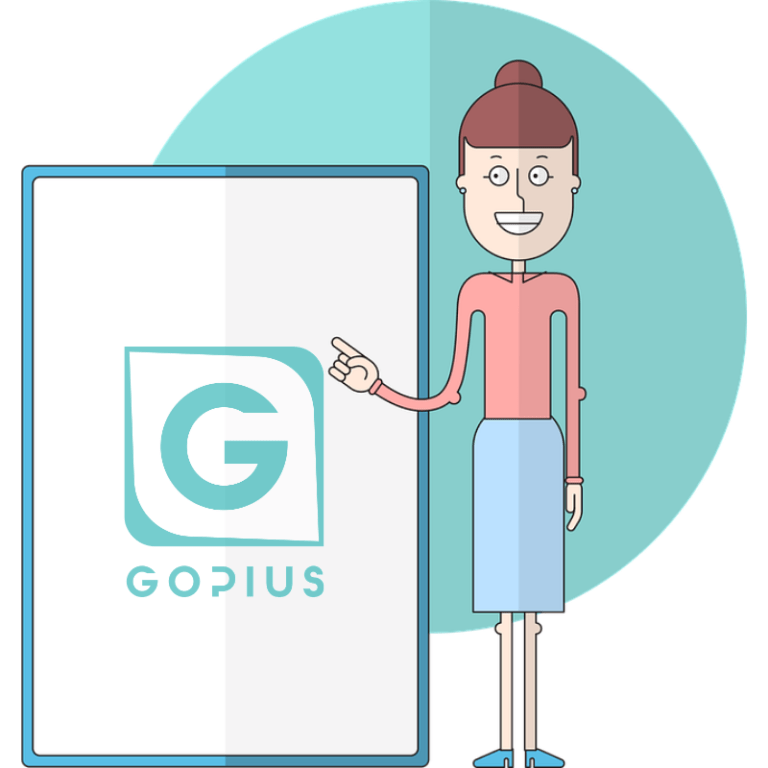Cognitive Load Theory: Optimizing Learning and Performance

Cognitive Load Theory (CLT) is a framework that provides guidance for presenting information in a way that encourages learner activities that optimize intellectual performance. By understanding the limitations of working memory and the processes that facilitate schema acquisition and automation, CLT helps instructional designers and teachers create more effective learning experiences.
Read: What Cognitive Load Does To Learners
What is Cognitive Load Theory?
Cognitive Load Theory is based on our knowledge of human cognitive architecture. It assumes that the human cognitive system has a limited working memory, which can only process a small amount of information at a time. In contrast, long-term memory has a vast capacity to store information in the form of schemas.
Schemas are cognitive constructs that categorize information based on how it will be used. They allow us to treat multiple elements of information as a single element, reducing the load on working memory. As schemas become more automated, they require less working memory capacity.
Types of Cognitive Load
Cognitive Load Theory identifies three types of cognitive load:
1. Intrinsic cognitive load: This is the inherent difficulty of the material being learned, which is determined by the number of interacting elements and the level of expertise of the learner.
2. Extraneous cognitive load: This is the load imposed by the way the information is presented or the activities required of the learner. Poor instructional design can increase extraneous cognitive load.
3. Germane cognitive load: This is the load devoted to the processing, construction, and automation of schemas. Germane cognitive load is considered beneficial as it leads to learning.
Principles of Cognitive Load Theory
Cognitive Load Theory has several principles that guide instructional design:
1. Reduce extraneous cognitive load: Eliminate any unnecessary information or activities that do not directly contribute to learning.
2. Manage intrinsic cognitive load: Break complex material into smaller, manageable chunks and sequence instruction from simple to complex.
3. Foster germane cognitive load: Encourage learners to engage in activities that promote schema construction and automation, such as practice problems, worked examples, and self-explanation.
4. Use worked examples: Providing learners with step-by-step demonstrations of how to solve problems can be more effective than asking them to solve problems on their own.
5. Encourage self-explanation: Prompting learners to explain their thinking as they work through problems can help them build better mental models.
6. Provide guidance: Learners benefit from guidance, especially when dealing with high intrinsic cognitive load. Gradually fading guidance as learners gain expertise can help them become more autonomous.
Applications of Cognitive Load Theory
Cognitive Load Theory has applications in various learning contexts, including:
1. Classroom instruction: Teachers can use CLT principles to design lessons that optimize learning, such as using clear explanations, providing worked examples, and encouraging self-explanation.
2. Multimedia learning: Designers of multimedia learning materials can apply CLT principles to reduce extraneous cognitive load, such as by eliminating irrelevant information and aligning visual and auditory information.
3. Online learning: Online learning environments can be designed to manage cognitive load by breaking content into manageable chunks, providing guidance and feedback, and encouraging active engagement.
4. Professional training: Cognitive Load Theory can inform the design of training programs for professionals, such as medical residents or pilots, where expertise is critical.
What are the Limitations of Cognitive Load Theory
The limitations of Cognitive Load Theory include challenges in measuring cognitive load accurately, the misconception that less load always leads to better learning outcomes, difficulties in applying the theory effectively in classrooms with multiple students, and the necessity of integrating effective teaching strategies alongside the theory for optimal results.
What are Some Criticisms of Cognitive Load Theory
There are several criticisms and limitations of Cognitive Load Theory:
1. Measuring cognitive load is difficult: It is challenging to practically gauge how much cognitive load each student can handle. Without a reliable way to measure cognitive load, optimizing it becomes guesswork.
2. Less load does not always equal better: Cognitive Load Theory is sometimes misinterpreted to mean that reducing load is always better. The optimal amount of load is the “just right” amount, similar to the Goldilocks effect. Too little load means students won’t learn enough.
3. Applying it with multiple students is difficult: Dealing with a class of 30 students becomes tricky, as each student will have a different optimal load based on their prior knowledge. Trying to differentiate tasks for each student’s ideal load is exhausting and unlikely to justify the additional workload.
4. Definitions of cognitive load types are unclear: It is unclear if the three types of cognitive load (intrinsic, extraneous, and germane) can be clearly distinguished. If they cannot be separated, it becomes difficult to provide practical recommendations on managing different types of load.
5. Methodological rigor is a concern: The lack of direct measures of cognitive load and empirical indicators to distinguish between the different types of load are issues with the research methodology.
6. Generalizability to real classrooms is limited: Cognitive overload rarely occurs in realistic learning settings, study times are much shorter than real-world situations, and conditions are often artificially constructed to demonstrate particular effects.
7. Motivation and other factors are not considered: Cognitive Load Theory does not account for how factors like learner motivation and beliefs about their ability might influence learning effectiveness.
Conclusion
Cognitive Load Theory provides a valuable framework for understanding how the human cognitive system processes information and how instructional design can be optimized to support learning.
By managing cognitive load and encouraging schema acquisition and automation, instructional designers and teachers can create more effective learning experiences that lead to better performance and expertise.






